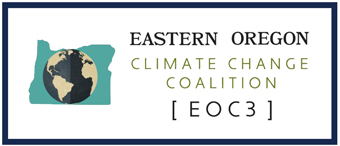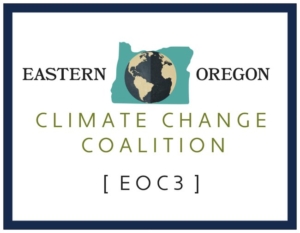Global Warming from 1880-2021
NASA
View Earth’s surface temperature as it has changed from 1880 through 2021.
Climate Change 2022: Impacts, Adaptation and Vulnerability
United Nations Intergovernmental Panel on Climate Change
See this study for the United Nation’s updated assessment of the impacts of climate change. It looks at ecosystems, biodiversity, and human communities at global and regional levels. It also reviews vulnerabilities and the capacities and limits of the natural world and human societies to adapt to climate change.
Climate Time Machine
NASA
This series of visualizations shows how some of Earth’s key climate indicators are changing over time.
Climate Change Data & Resources
US Climate Data Initiative
Here you can find data related to climate change that can help inform and prepare America’s communities, businesses, and citizens.
Enabling Sustainable Lifestyles in a Climate Emergency
United Nations
While improved technologies can lower emissions substantially, the magnitude and speed of necessary cuts in GHG emissions require significant and rapid changes in predominant lifestyles as well, especially in high-consuming societies.
Bridging the Gap – The Role of Equitable Low Carbon Lifestyles
United Nations
Journal of articles on Vulnerability & Adaptability Report on Blue Mountains. Full issue can be downloaded as can individual articles (open source, free).
Blue Mountain Vulnerability Assessment
USDA, Blue Mountains Adaptation Partnership (BMAP), Pacific NW Research Station
The Blue Mountains Adaptation Partnership was developed to identify climate change issues relevant to resource management in the Blue Mountains region, to find solutions that can minimize negative effects of climate change, and to facilitate transition of diverse ecosystems to a warmer climate. This state-of-the-science climate change vulnerability assessment is helping to develop adaptation options for national forests in the Blue Mountains region in four key areas – water, fish, upland vegetation, and special habitats.
The full assessment can be downloaded, as can individual chapters.
Climate Change Vulnerability and Adaptation in South-Central Oregon
USDA, South-Central Adaptation Partnership (BMAP), Pacific NW Research Station
The South-Central Oregon Adaptation Partnership was developed to identify climate change issues relevant to resource management in the South-Central Oregon region, to find solutions that can minimize effects of climate change, and to facilitate transition of diverse ecosystems to a warmer climate. This state-of-the-science climate change vulnerability assessment is helping to develop adaptation options for national forests in the South-Central Oregon region in four key areas – water, fish, upland vegetation, and special habitats.
The full assessment can be downloaded here, as can individual chapters.
Executive Order 20-04 Directing State Agencies to Take Actions to Reduce & Regulate Greenhouse Gas Emissions.
State of Oregon
This Executive Order by Oregon Governor Kate Brown in 2020 directed certain state agencies to take specific actions to reduce greenhouse gas emissions (GHGs) and mitigate the impacts of climate change. EO 20-04 is a significant step forward in Oregon’s response to the profound challenge of climate change and its impact on Oregonians.
Climate Change & Youth Mental Health
Oregon Health Authority
OHA’s report spotlights the effect of the enormous burden of climate change on our youth. We see their determination and resilience to make change. We also see a clear-eyed assessment that the adults and institutions with power over their lives are not doing enough to address the causes of climate change. The strength and resilience of youth are calling us to relentlessly step up our efforts to protect the future of our youth, the planet and future generations.



